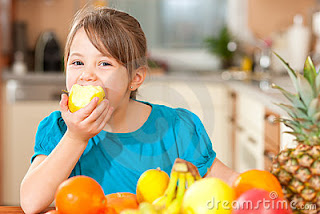The fiscal 2018 budget that the Senate passed last week could make moot the $10 billion in cuts to agriculture programs that were in the House version - a move that makes passage of the next farm bill easier. Backers of SNAP had been bracing for the prospect that the House spending cuts would be squarely aimed at welfare programs including food stamps. But the Senate version does not include the $203 billion in spending reductions the House had incorporated. The House and Senate need to pass identical budgets if Republicans want to fast-track the budget and avoid hammering out differences in the two versions over weeks and weeks in conference committee. There is a lot of pressure on the House to adopt the Senate version so that lawmakers can get onto the business of tax reform. But SNAP may still be in bull's-eye: For instance, Rep. Mark Walker - who supports the House's proposed cuts to welfare and entitlement programs - asked GOP leaders to commit to separate votes on a balanced budget amendment and other deficit-reduction legislation.
Source: Politico, 10/23/17, Senate Budget













